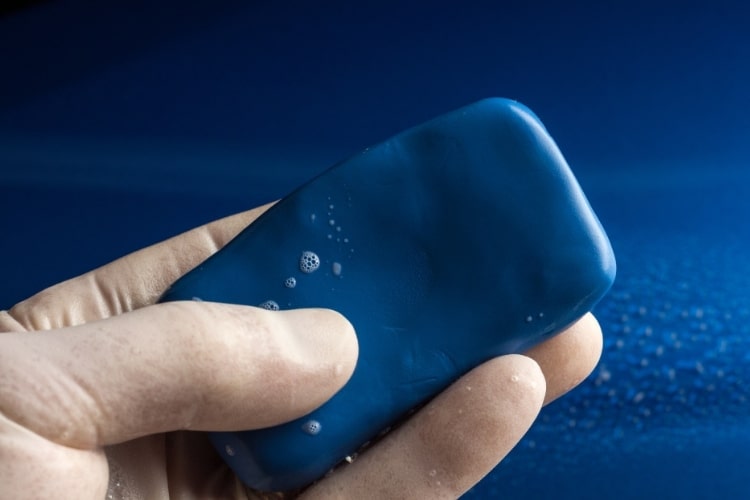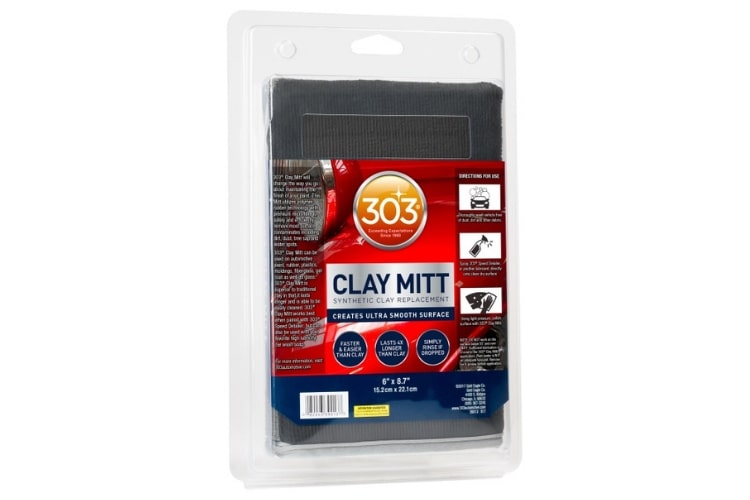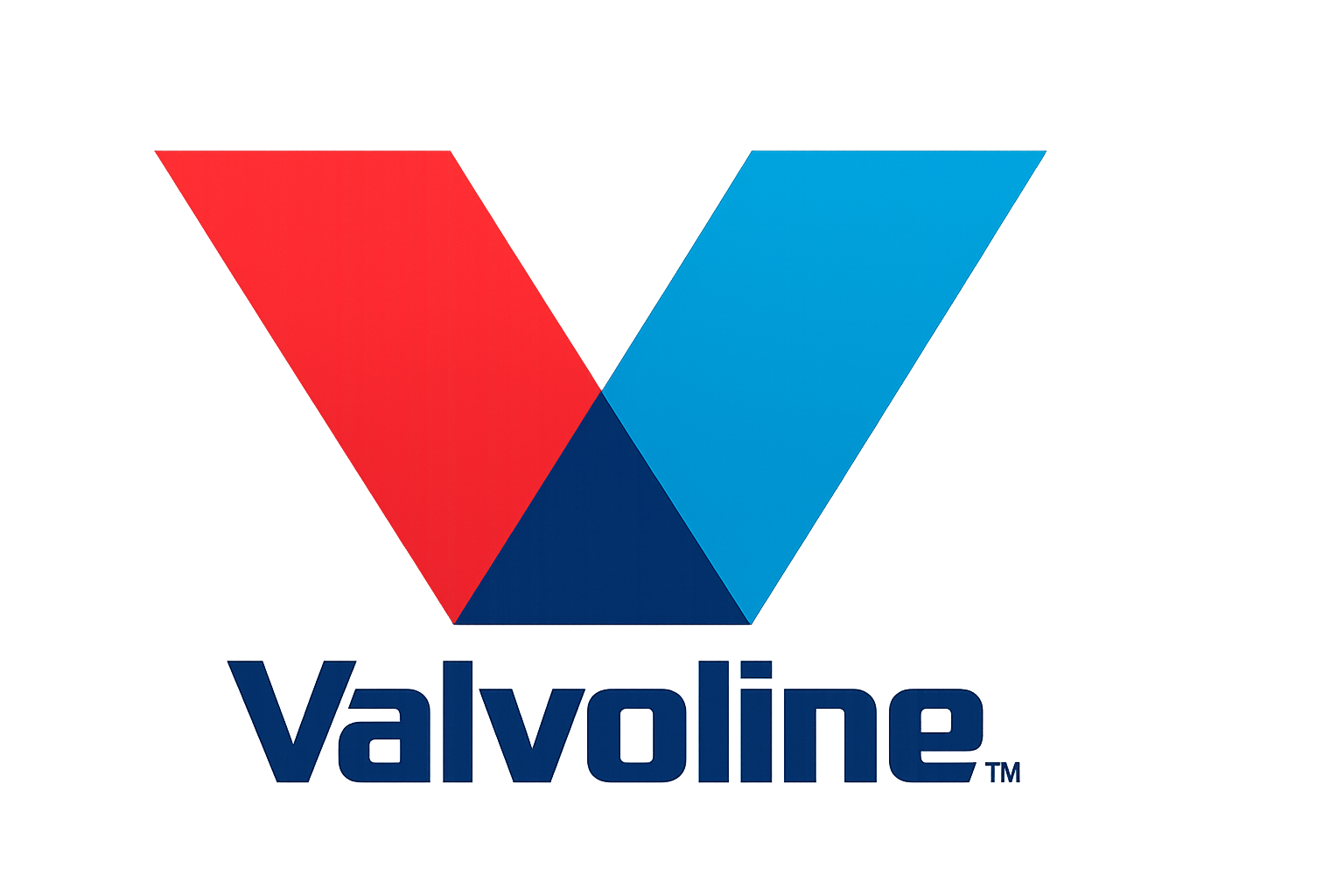Clay Bars and Clay Mitts for a Refined Paint Finish
Even careful, thorough washing doesn’t always remove contaminants embedded in the surface of your vehicle’s paint. This is because some of the particles get bonded to or embedded in the paint. Common surface contaminants include brake dust, overspray, and industrial pollution.
To remove these stubborn particles, use claying, the technique embraced by professional detailers. In the past, car enthusiasts and detailers used clay bars. Today, clay mitts are increasingly popular. Claying delivers an ultra-smooth, glass-like paint surface ready for application of a high-quality protectant.
Natural or Polymer Resin Clay?
The term “clay” refers to both natural and synthetic substances. Both products do an excellent job of removing surface contaminants from both clearcoat and single-stage paint.
Natural clay is sticky and effective. It does require occasional kneading to keep captured particles away from the paint surface. It is important to replace natural clay once it gets saturated with particles. By contrast, it’s simple to rinse synthetic formulations for reuse. Since synthetic polymer resin products are not as sticky as natural clays, removal of surface contaminants may take a little more work.
Clay Bars
Clay bars contain natural clay or a gummy synthetic resin. Either substance removes stubborn contaminants stuck to the paint finish. When natural clay is dry, it grabs particles and drags them across the surface. This process may scratch the surface.

Therefore, you must use a clay lubricant with natural clay. There are more options with synthetic clay bars. You can lubricate them with soapy water, clay lubricant or detailing spray.
Clay Mitts
The 303 Clay Mitt combines polymer rubber technology and premium microfiber. Use a clay mitt to remove contaminants on many surfaces. You can use a clay mitt on clearcoat, paint, fiberglass gel coat, plastics and rubber. Simply lubricate with your choice of water, detailing spray or clay lubricant.

You can rinse out a synthetic clay mitt for easy reuse. It also lasts up to four times longer than a clay bar.
Application Tips
Here are some helpful suggestions on claying:
- Work one small area at a time
- Make sure the surface is wet
- Spray the clay mitt as well
- Move the clay top to bottom and left to right
- Monitor the clay for any excess accumulation of particles
- Rinse the clay mitt as needed
If you clay a highly contaminated surface, you may need to polish it as well. Polishing removes micro-abrasions that may occur as you remove the offending contaminants.
After claying, rinse and wipe surfaces dry with a clean 303 Ultra-Plush Microfiber Towel. Once you work a section of your vehicle’s exterior paint, you’ll find that the surface is now slick to the touch, free of any gritty feel.
Once you’ve thoroughly prepared the surface, you’ll want to seal and protect it. Use a high-quality protectant like 303 Touchless Sealant.
Apply a Premium Protectant
The application of 303 Touchless Sealant is quicker than applying traditional wax. Just spray a light mist on the surface and rinse it off! The silicon dioxide (SiO2) formulation is extremely hydrophobic. It transforms sheets of water into tight, rounded beads. A single treatment lasts up to twice as long as regular wax.
303 Touchless Sealant delivers unmatched versatility. Use it on paint, gel coat, molding, wheels, and even windshields!






